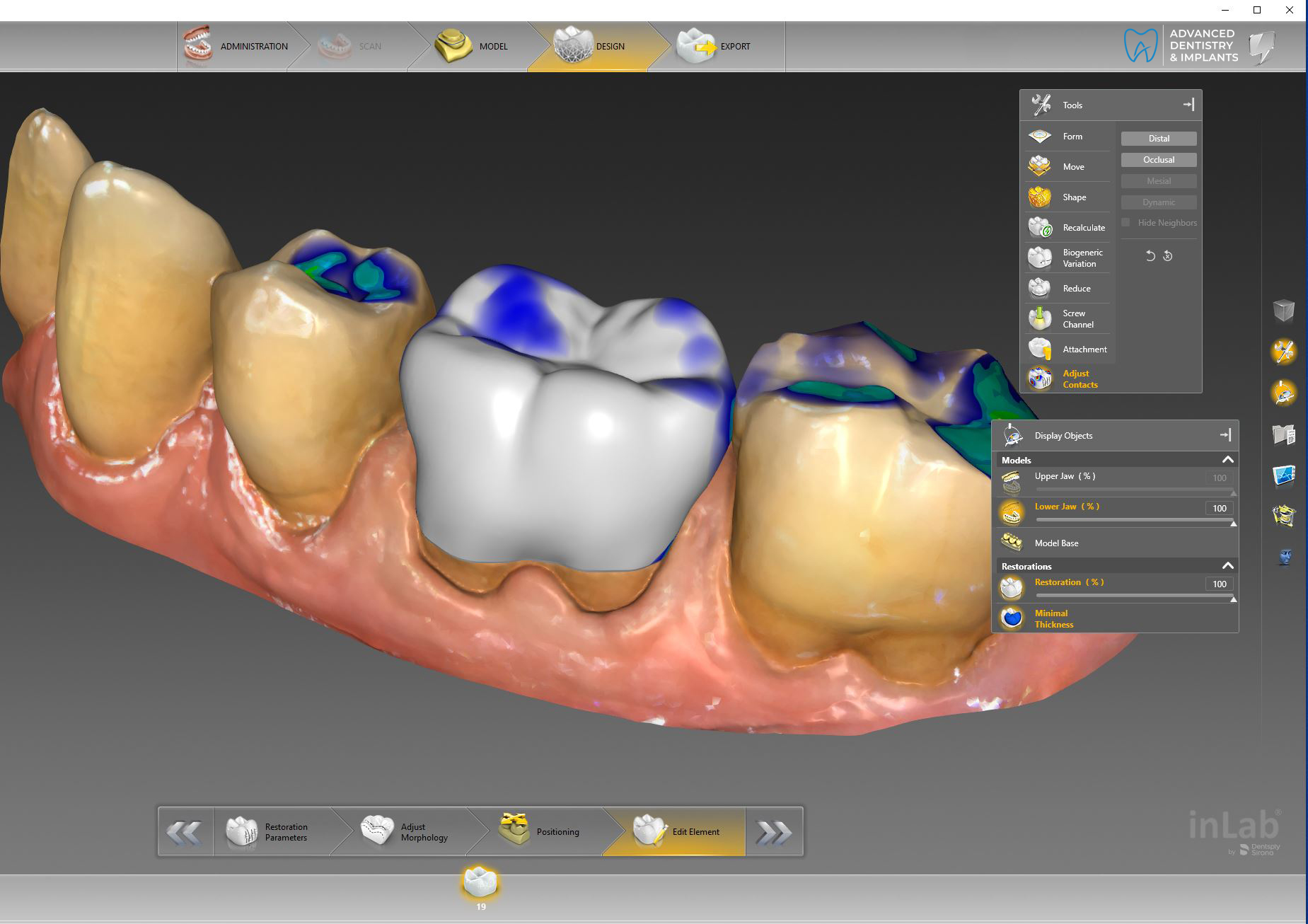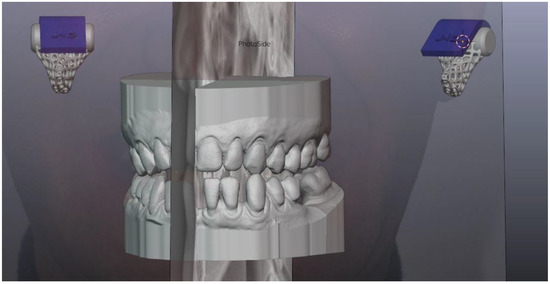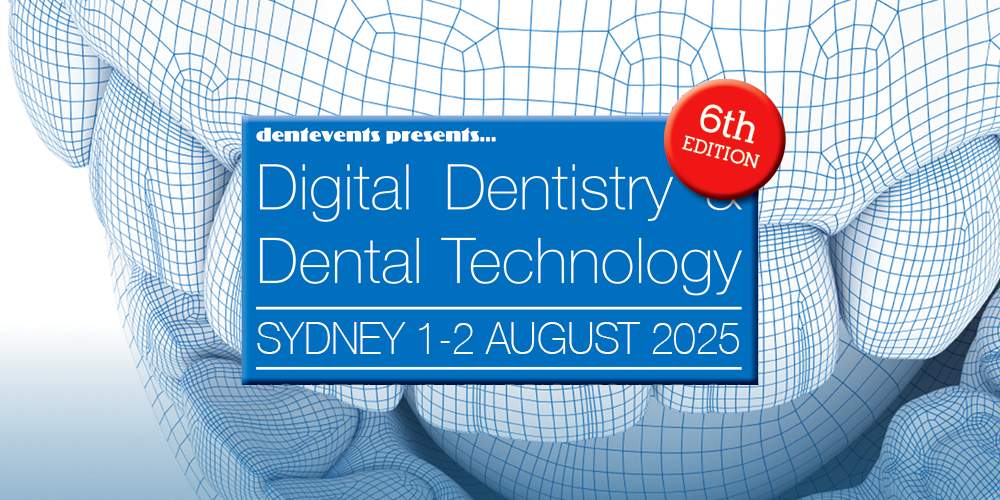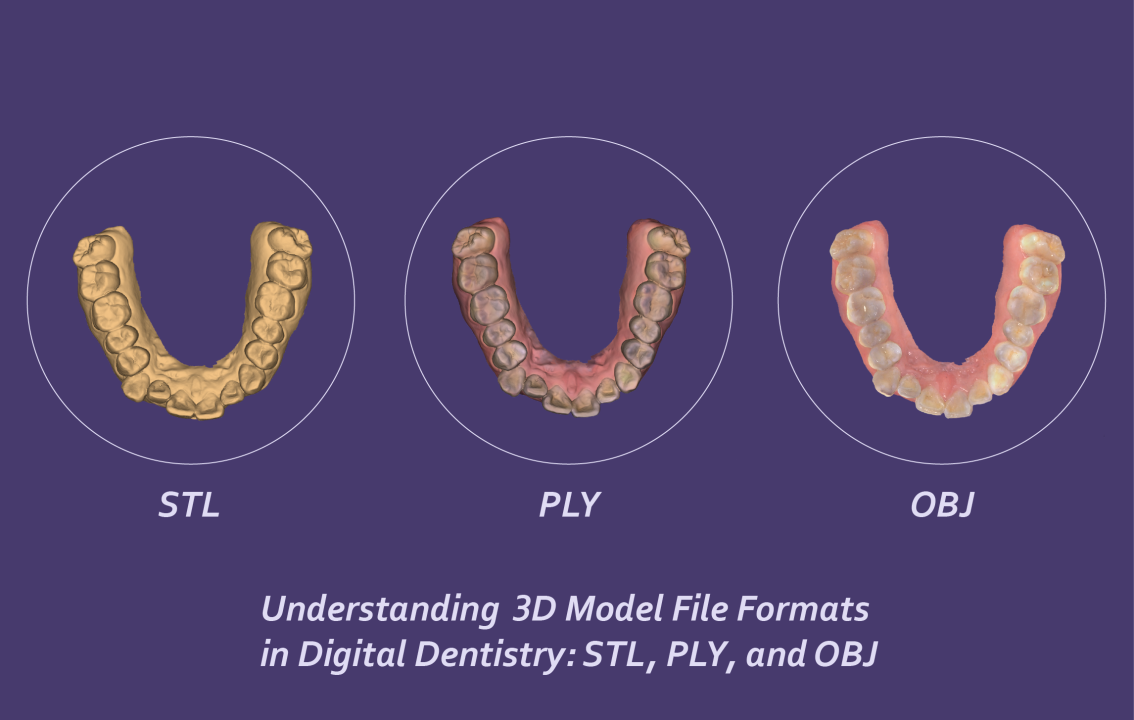CAD/CAM in Dentistry: Current Trends and the Rise of Lite Editions
For years, dental CAD/CAM was the domain of high-end labs and large practices — expensive, hardware-intensive, and tied to proprietary platforms. That landscape is beginning to shift. Recent years have shown a clear trend: along with powerful commercial ecosystems, the market is seeing the rise of Lite and free editions that bring digital workflows to new audiences.
Broader Access, Lower Costs
One of the most noticeable changes is accessibility. Vendors are starting to offer limited-feature versions of their CAD/CAM software — often branded as “Lite” or “Community” editions — allowing smaller clinics and universities to experiment without major upfront investments. These versions may restrict exports or advanced modules, but they provide enough functionality to train students and familiarize staff with digital workflows.
Education as a Driver
Dental schools and teaching hospitals are pushing this trend forward. Instead of locking students into closed platforms, they now combine commercial packages with open-source or free tools such as OrthoSketch Free, DentCAM Free, or university-developed add-ons for FreeCAD. This hybrid approach helps future clinicians build a foundation in digital workflows long before they step into production labs.
Open-Source Momentum
Alongside vendor-supplied Lite editions, community projects are filling gaps. Open3D Dental, CAD Assistant, and even forks of larger biomedical platforms are finding their way into dental pipelines. They rarely compete with commercial solutions head-to-head, but they solve practical issues: mesh cleanup, visualization, data conversion. For administrators, these projects are appealing because they reduce costs and provide flexibility.
What It Means for the Market
The rise of Lite and demo editions suggests that the CAD/CAM market in dentistry is broadening. It’s no longer a choice between “all-in professional suites” and “nothing.” Instead, institutions can start small, grow their expertise, and scale up as budgets and clinical demands allow.
In the bigger picture, this shift may change adoption patterns. Free and Lite tools won’t replace professional-grade platforms, but they build a pathway for schools, NGOs, and small clinics to join the digital dentistry ecosystem. That, in turn, expands the user base — and ultimately drives innovation across the whole market.




